How Long Does it Really Take to Grind Concrete: Pro Tips
Concrete floor grinding is a vital technique in the realm of civil engineering and construction, serving as the foundation for smooth, durable surfaces in various structures. This process involves intricate steps, from initial surface preparation to the final polishing, demanding a keen understanding of tools, materials, and techniques. In this intricate practice, precision, safety, and expertise play pivotal roles.
Whether it’s eliminating imperfections, achieving a specific finish, or preparing the surface for further applications, mastering concrete floor grinding is essential for ensuring the longevity and quality of architectural spaces.
A. Brief Explanation of Concrete Floor Grinding
- Concrete floor grinding is a surface preparation technique used in construction and civil engineering projects.
- It involves the use of specialized equipment to remove imperfections and roughness from concrete surfaces.
- Grinding is essential for achieving a smooth, level, and durable surface, making it ready for various applications such as coatings, polishing, or further construction.
B. Importance of Knowing How Long the Process Takes
- Understanding the time required for concrete floor grinding is crucial for project planning and scheduling.
- Proper time estimation helps in allocating resources efficiently, including manpower and equipment.
- It ensures that construction projects stay on track, minimizing delays and ensuring timely completion, which is vital for overall project success.
C. Overview of Factors Affecting Grinding Time
- Surface Area: The larger the area, the more time it takes to grind the concrete surface thoroughly.
- Concrete Hardness: Harder concrete requires more time and effort to grind compared to softer concrete compositions.
- Type of Equipment and Techniques: The choice of grinding equipment and the skill of the operator significantly influence the speed and quality of the grinding process.
Contents
Factors Affecting Grinding Time
A. Surface Condition
- New vs. Old Concrete:
- Fresh concrete surfaces require careful grinding due to unevenness and excess mortar.
- Older concrete surfaces often have wear and tear, making grinding time-consuming.
- Surface Imperfections:
- Concrete with pits, cracks, or bumps demands additional grinding time.
- Eliminating imperfections creates a uniform surface but prolongs the grinding process.
B. Concrete Hardness
- The hardness of concrete significantly impacts grinding time.
- Harder concrete requires more aggressive grinding techniques and time.
- Softer concrete is easier and quicker to grind to the desired smoothness.
C. Grinder Type and Size
- Grinder Type:
- Planetary and rotary grinders have different grinding mechanisms and speeds.
- The choice of grinder affects the efficiency and speed of the grinding process.
- Grinder Size:
- Larger grinders cover more surface area, reducing grinding time for extensive projects.
- Smaller grinders are suitable for detailed work but may require more time for larger areas.
D. Grinding Depth
- Deeper grinding removes more material from the surface, taking more time.
- Lighter grinding, for polishing or minor imperfection removal, is quicker.
- The depth of grinding is adjusted based on the specific requirements of the project.
E. Experience and Skill Level
- Skilled operators can efficiently handle diverse surface conditions and adjust grinding techniques as needed.
- Experienced professionals understand nuances, ensuring optimized processes and minimizing unnecessary delays.
Tools and Equipment
A. Description of Concrete Grinders
Variety of Grinders:
- Different types available, including planetary and rotary grinders.
Grinding Attachments:
- Equipped with diamond grinding cups and diverse attachments.
Variable Speed Control:
- Modern grinders often have variable speed settings for adaptability.
B. Safety Equipment and Precautions
Personal Protective Equipment (PPE):
- Essential gear: safety goggles, ear protection, gloves, and dust mask.
Ventilation and Dust Control:
- Adequate ventilation and dust extractors maintain a safe environment.
Training and Awareness:
- Proper training ensures understanding of equipment and safety protocols.
C. Tool Maintenance for Efficiency
Regular Cleaning:
- Thorough cleaning after each use prevents dust and debris buildup.
Inspecting Grinding Heads:
- Regular inspection identifies wear and tear, allowing timely replacements.
Lubrication and Greasing:
- Proper lubrication of moving parts and regular greasing of bearings ensure efficiency and longevity.
Preparation
A. Clearing the Workspace
- Organize and remove obstacles for a safe workspace.
- Secure electrical cords to prevent tripping hazards.
- Implement safety barriers or warning signs for restricted access.
B. Surface Inspection and Cleaning
- Inspect the concrete surface for cracks, spalling, or uneven areas.
- Thoroughly clean the surface from dust, dirt, and contaminants.
- Repair minor surface imperfections and fill cracks or holes for a smooth grinding process.
C. Setting up the Grinder and Dust Collection
- Choose appropriate grinding tools based on surface condition and desired finish.
- Properly install and secure grinding tools following manufacturer guidelines.
- Connect the grinder to a dust collection system to minimize airborne dust, ensuring a clean and safe workspace.
Grinding Process
A. Step-by-step guide to grinding concrete
- Begin with initial coarse grinding to remove imperfections and rough areas.
- Transition to fine grinding using progressively finer grits for a smoother surface.
- If applicable, proceed with polishing, enhancing shine using polishing compounds and fine grits.
B. Tips for efficient and even grinding
- Choose the correct grinding tools and diamond grits based on concrete type and desired finish.
- Maintain consistent pressure on the grinder to avoid uneven surfaces.
- Ensure overlapping passes for uniform grinding, preventing streaks or uneven spots.
C. Monitoring progress during the process
- Conduct regular visual inspections to identify areas needing attention.
- Run hands over the surface to detect roughness and ensure uniformity.
- Use measuring tools like straight edges to assess surface level and evenness periodically.
Estimating Time
A. General time ranges for common scenarios
- Small Areas: Typically, grinding a small area like a patio or single room can take a few hours to a day, depending on surface conditions and desired finish.
- Medium Areas: Grinding medium-sized spaces like warehouse floors might take a couple of days, considering the surface area and complexities involved.
- Large Areas: Projects like industrial floors or large commercial spaces can take several days to weeks, depending on the size, surface condition, and required specifications.
B. How to calculate grinding time based on square footage
- Determine Surface Area: Measure the length and width of the area to be ground and multiply these dimensions to find the square footage.
- Estimate Grinding Speed: Based on the type of grinder and experience level, estimate the square footage that can be ground per hour.
- Calculate Time: Divide the total square footage by the estimated grinding speed to find the approximate grinding time in hours.
C. Real-life examples and case studies
- Example 1: Grinding a 500-square-foot garage floor with minor imperfections might take 1-2 days, including initial grinding, fine grinding, and polishing if applicable.
- Example 2: For a 10,000-square-foot warehouse floor with moderate imperfections, the project could take a week or more, accounting for the need for careful grinding and surface preparation.
- Case Study: A large shopping mall with 50,000 square feet of polished concrete floors required a month of continuous grinding and polishing by a team of skilled professionals, ensuring a high-gloss finish and uniformity throughout the space.
Troubleshooting
A. Common issues during concrete floor grinding
- Uneven Grinding: Inconsistent pressure or movement can result in uneven surfaces.
- Excessive Dust: Improper dust collection or tool usage can lead to a dusty and hazardous environment.
- Surface Imperfections: Pre-existing cracks or bumps can complicate the grinding process.
B. Solutions to Avoid Delays
- Operator Training: Properly train operators to ensure consistent pressure and technique.
- Efficient Dust Control: Invest in high-quality dust collection systems and enforce proper usage.
- Surface Inspection: Thoroughly inspect the surface beforehand to address imperfections, reducing unexpected delays.
Conclusions
In conclusion, mastering the art of concrete floor grinding requires attention to detail, proper training, and the right equipment. Throughout the process, from initial coarse grinding to the final polishing stages, consistency and precision are paramount. Ensuring safety through the use of appropriate protective gear and dust control systems is non-negotiable.
Additionally, recognizing the complexity of certain tasks and the value of professional expertise cannot be understated. By adhering to these principles, concrete floor grinding projects can be completed efficiently, safely, and with a high level of quality, meeting both functional and aesthetic requirements.
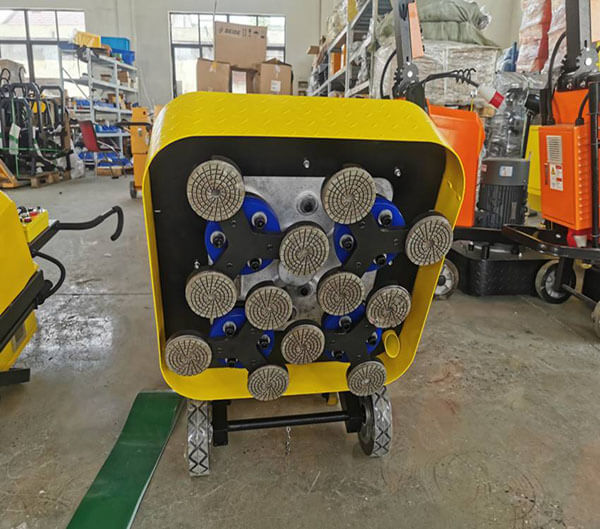
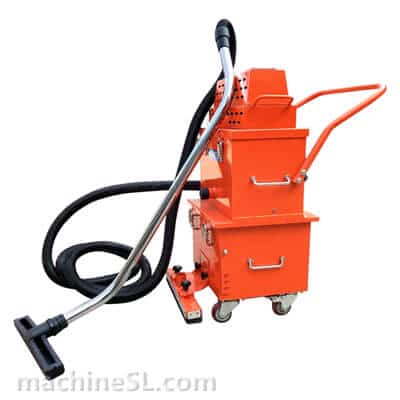
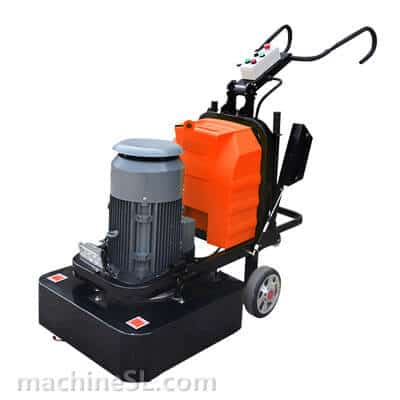
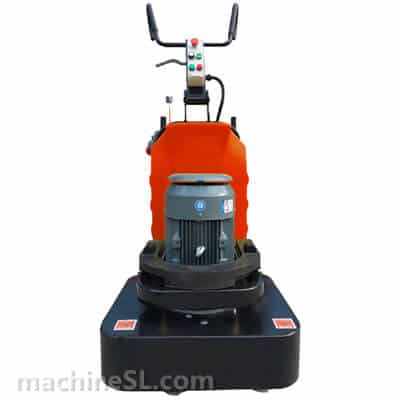
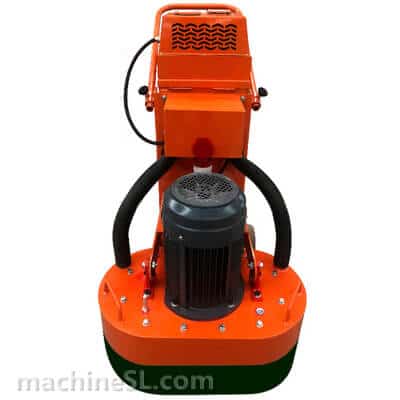
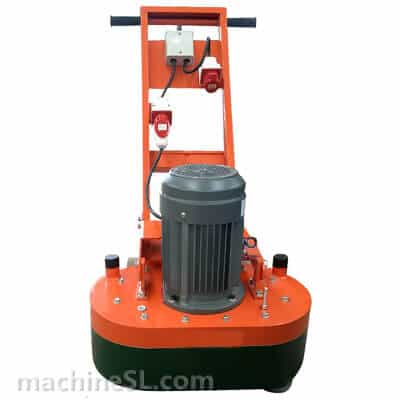
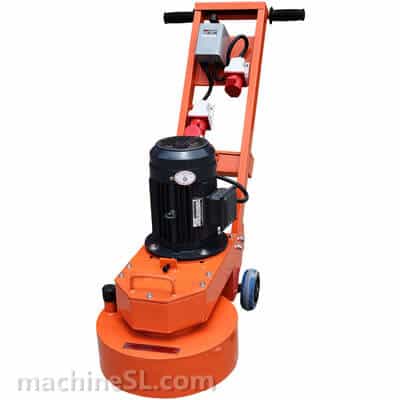
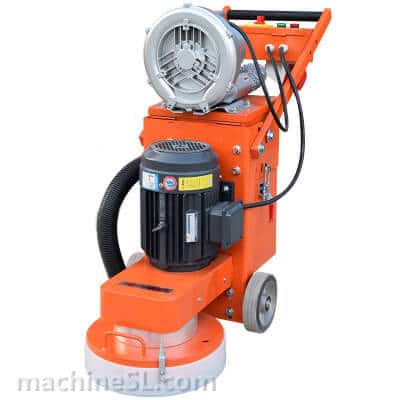
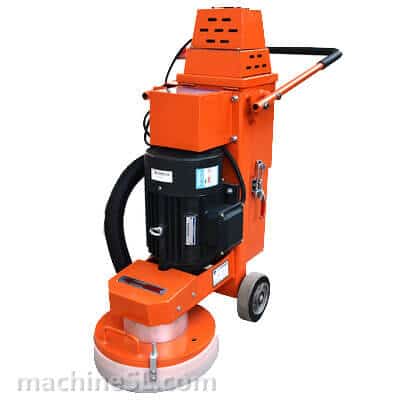
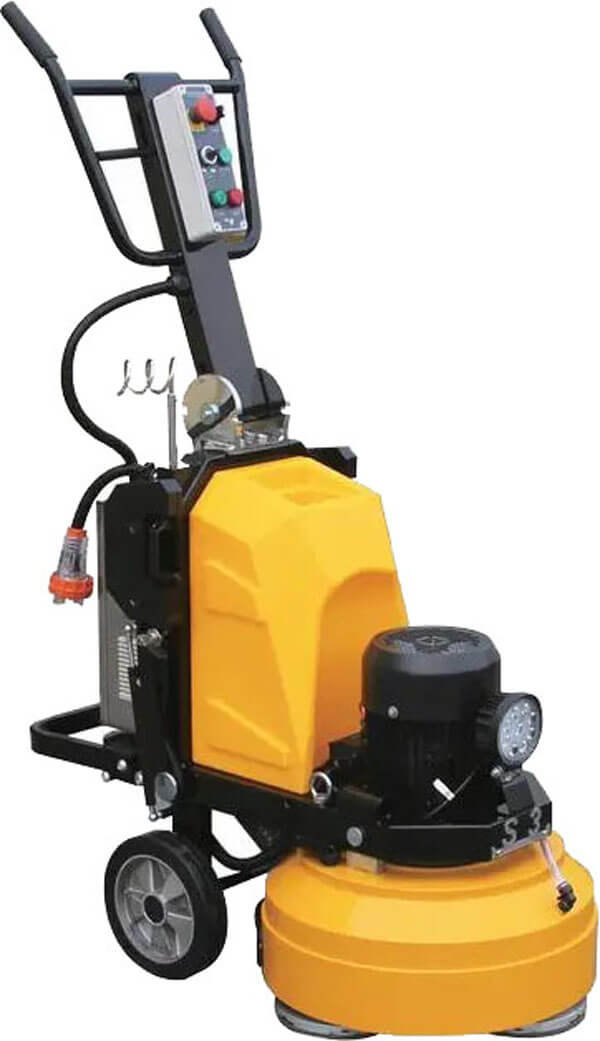
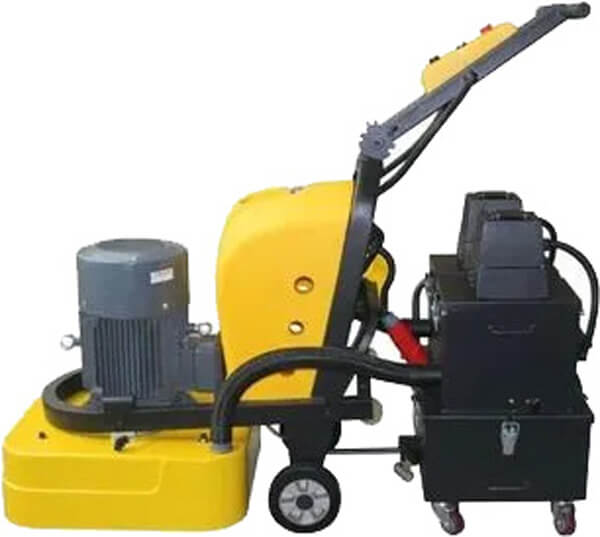
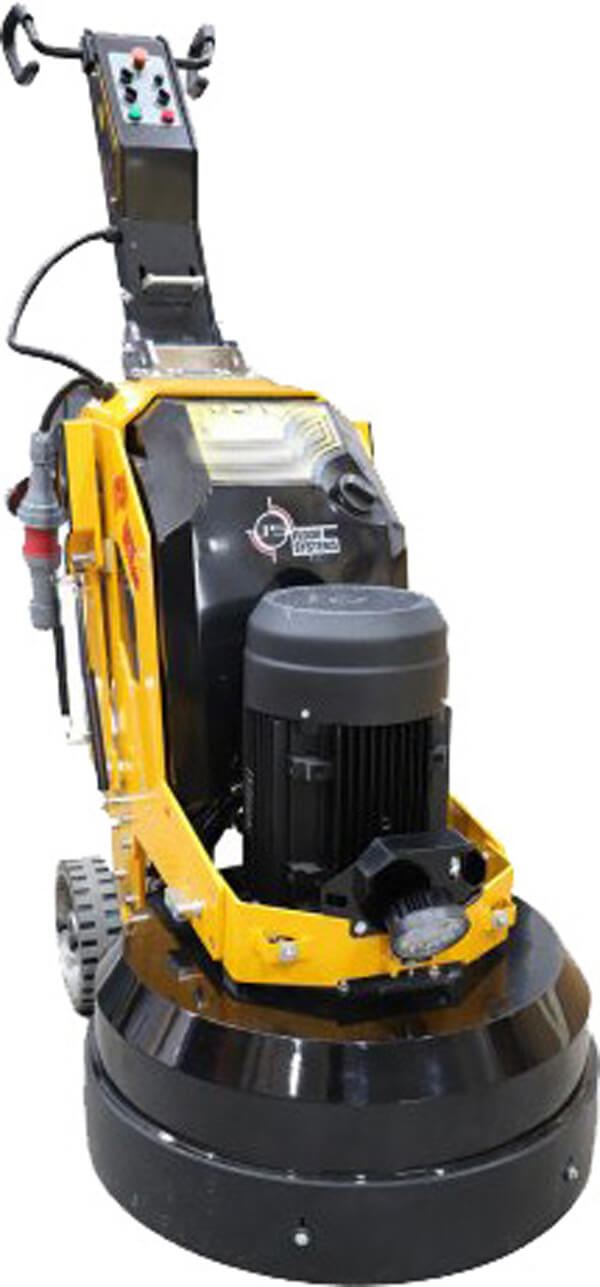
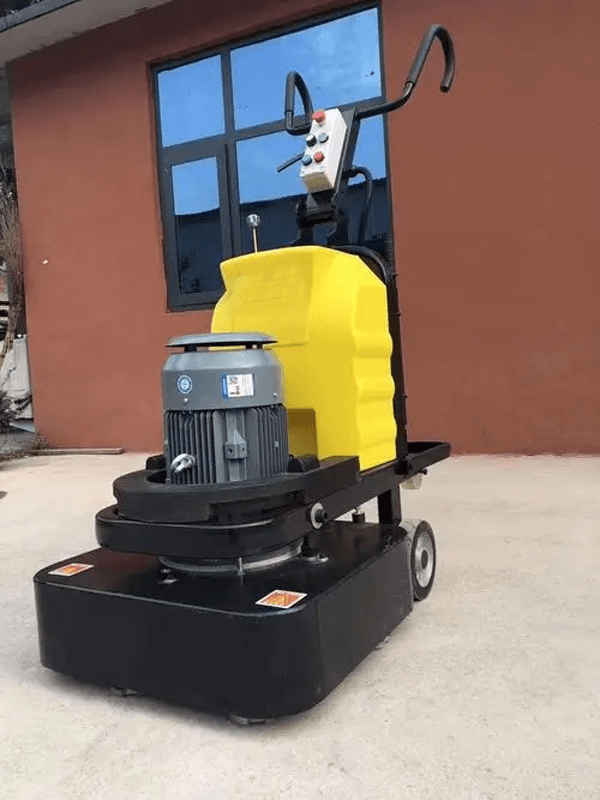
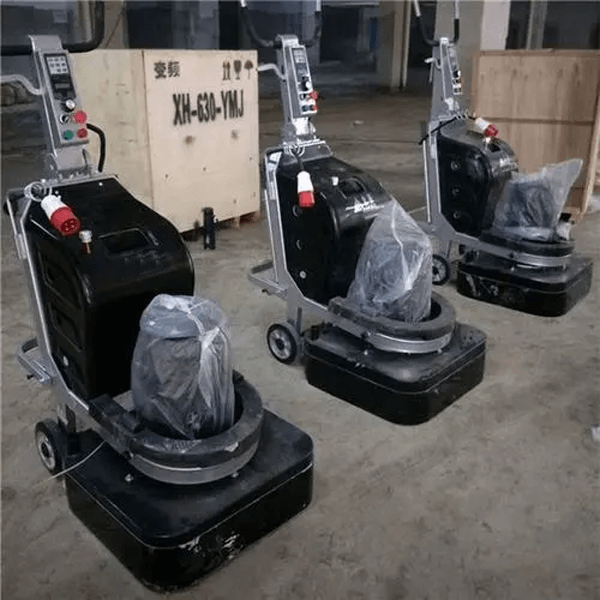
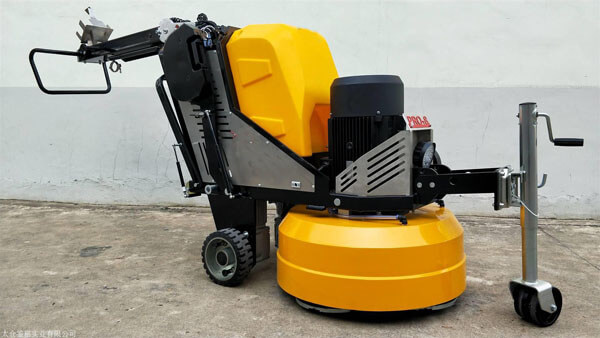

![How to Grind Concrete Floor The Guide [Step by Step]](https://www.machinesl.com/wp-content/uploads/2023/12/How-to-Grind-Concrete-Floor-The-Guide-Step-by-Step.png)
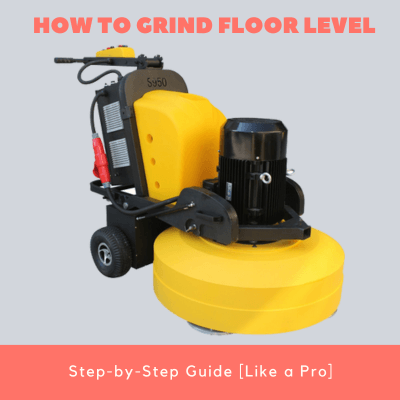
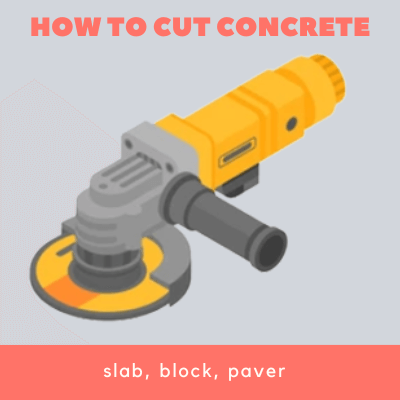
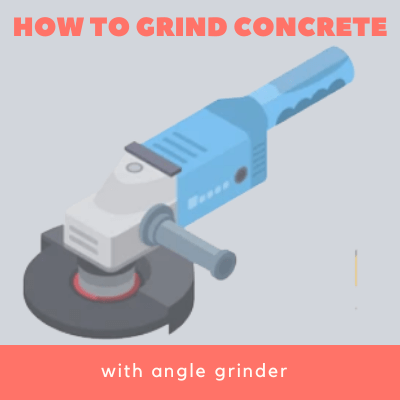
Leave A Comment